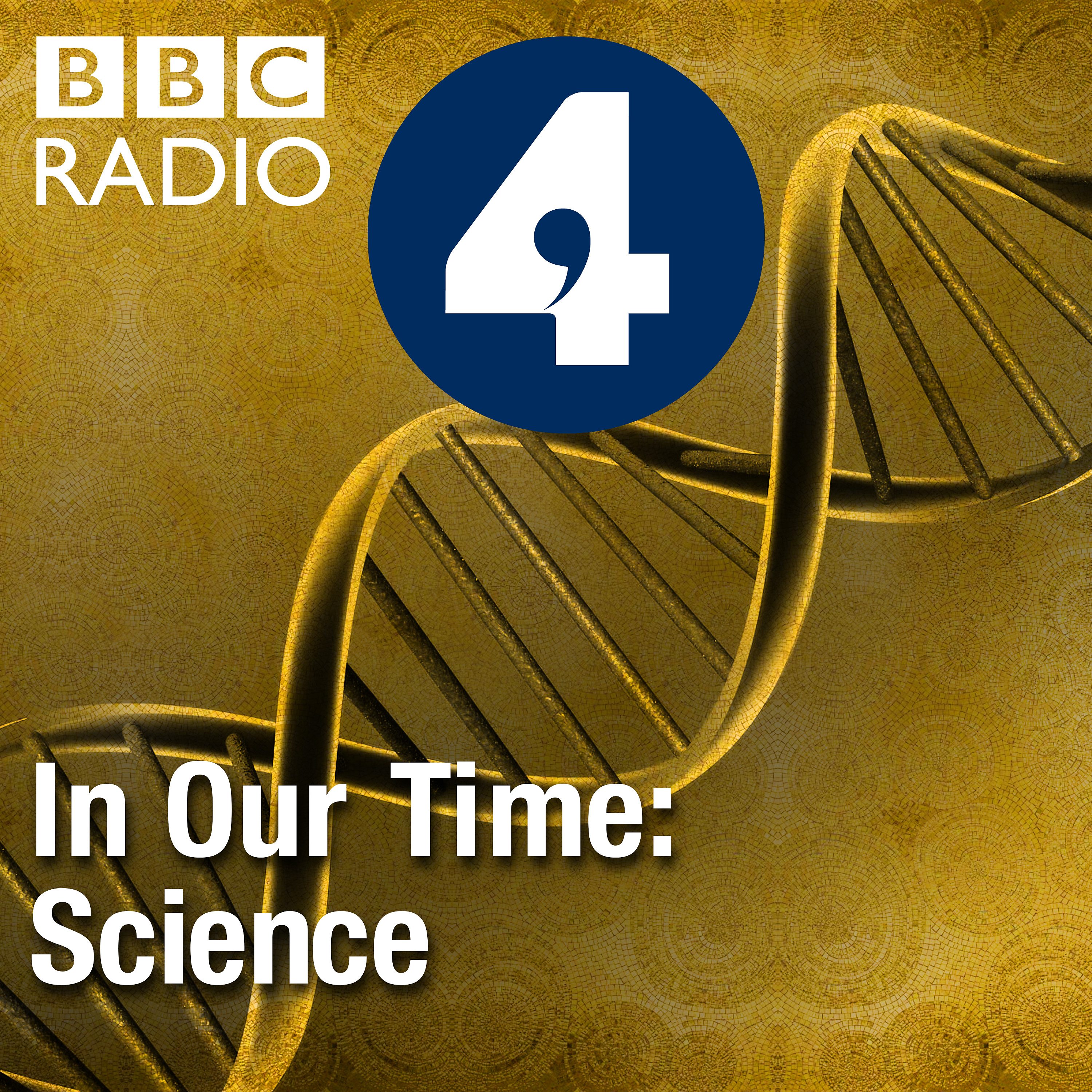
Heisenberg's Uncertainty Principle

In Our Time: Science
Deep Dive
What was Werner Heisenberg's major breakthrough in 1925?
Werner Heisenberg's major breakthrough in 1925 was the creation of quantum mechanics. He developed a mathematical framework that described atomic particles without assuming their continuous orbit around the nucleus, replacing it with equations based on observable phenomena like light emission from atoms.
Why is Heisenberg's Uncertainty Principle significant?
Heisenberg's Uncertainty Principle is significant because it fundamentally changed our understanding of the quantum world. It states that it is impossible to simultaneously know both the exact position and momentum of a particle. This principle highlights the inherent limitations in measuring quantum systems and underscores the probabilistic nature of quantum mechanics.
How did Heisenberg's background influence his work in physics?
Heisenberg's background, particularly his exposure to classical philosophy through his father, influenced his approach to physics. He was inspired by Plato's ideas, which led him to view the smallest units of matter not as physical particles but as abstract forms expressed through mathematical language. This philosophical perspective shaped his revolutionary thinking in quantum mechanics.
What role did Niels Bohr play in Heisenberg's development of quantum mechanics?
Niels Bohr played a crucial role in Heisenberg's development of quantum mechanics. Heisenberg attended a lecture by Bohr in 1922, which challenged his thinking about the atom's structure. This led to a year-long collaboration in Copenhagen, where Heisenberg began formulating his mathematical approach to quantum mechanics, focusing on observable phenomena like atomic light emission.
How did Heisenberg's matrix mechanics differ from Schrödinger's wave mechanics?
Heisenberg's matrix mechanics and Schrödinger's wave mechanics were two different mathematical approaches to quantum mechanics. Matrix mechanics used abstract matrices to describe particle properties, while wave mechanics described particles as waves. Although they were later shown to be mathematically equivalent, Schrödinger's approach was initially more widely adopted due to its intuitive wave-based description.
What are the practical implications of the uncertainty principle in modern physics?
The uncertainty principle has profound implications in modern physics, particularly in particle physics and quantum mechanics. It explains why high-energy experiments, like those at CERN, require massive accelerators to achieve precise measurements. Additionally, it underpins technologies like MRI and quantum computing, which rely on the probabilistic nature of quantum systems.
How did Heisenberg's uncertainty principle challenge classical physics?
Heisenberg's uncertainty principle challenged classical physics by introducing the idea that precise knowledge of both position and momentum is impossible at the quantum level. This contradicted the deterministic view of classical physics, where knowing initial conditions allowed for exact predictions of future states. Quantum mechanics, in contrast, is inherently probabilistic.
What was the impact of Heisenberg's work on modern technology?
Heisenberg's work on quantum mechanics has had a profound impact on modern technology. It underpins the development of semiconductors, which are essential for computers and smartphones, and has led to advancements in medical imaging technologies like MRI. Additionally, it has paved the way for emerging fields like quantum computing and quantum sensing.
How did Heisenberg's philosophical approach influence his scientific work?
Heisenberg's philosophical approach, particularly his focus on observable quantities and rejection of unobservable concepts like particle orbits, deeply influenced his scientific work. This positivist perspective led him to develop a mathematical framework for quantum mechanics that only dealt with measurable phenomena, fundamentally changing the way physicists understand and describe the quantum world.
What is the connection between Heisenberg's uncertainty principle and the universe's existence?
Heisenberg's uncertainty principle has been suggested as a possible explanation for the universe's existence. The principle allows for temporary energy fluctuations, which could have led to the universe emerging from nothing, with a total energy balance of zero. This idea ties the uncertainty principle to the origins of the cosmos, though it remains a speculative and philosophical concept.
Shownotes Transcript
Melvyn Bragg and guests discuss the German physicist who, at the age of 23 and while still a student, effectively created quantum mechanics for which he later won the Nobel Prize. Werner Heisenberg made this breakthrough in a paper in 1925 when, rather than starting with an idea of where atomic particles were at any one time, he worked backwards from what he observed of atoms and their particles and the light they emitted, doing away with the idea of their continuous orbit of the nucleus and replacing this with equations. This was momentous and from this flowed what’s known as his Uncertainty Principle, the idea that, for example, you can accurately measure the position of an atomic particle or its momentum, but not both.
With
Fay Dowker Professor of Theoretical Physics at Imperial College London
Harry Cliff Research Fellow in Particle Physics at the University of Cambridge
And
Frank Close Professor Emeritus of Theoretical Physics and Fellow Emeritus at Exeter College at the University of Oxford
Producer: Simon Tillotson
Reading list:
Philip Ball, Beyond Weird: Why Everything You Thought You Knew about Quantum Physics Is Different (Vintage, 2018)
John Bell, ‘Against 'measurement'’ (Physics World, Vol 3, No 8, 1990)
Mara Beller, Quantum Dialogue: The Making of a Revolution (University of Chicago Press, 2001)
David C. Cassidy, Beyond Uncertainty: Heisenberg, Quantum Physics, And The Bomb (Bellevue Literary Press, 2010)
Werner Heisenberg, Physics and Philosophy (first published 1958; Penguin Classics, 2000)
Carlo Rovelli, Helgoland: The Strange and Beautiful Story of Quantum Physics (Penguin, 2022)